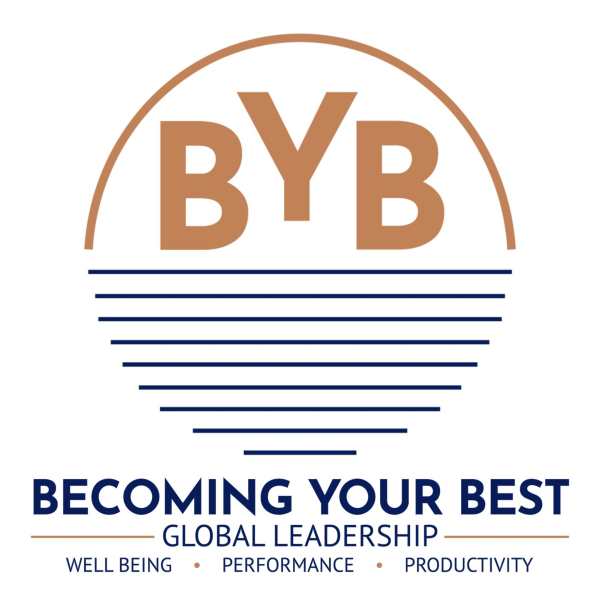What if I told you there’s one quality that predicts success more than talent, intelligence, or your socioeconomic background?
Studies prove that this single trait predicts leadership success better than any other factor: never giving up. This week, we’ll uncover what it means, learn about building a “failure resume,” and meet a leader who turned 242 rejections into a $35 billion empire.
Here’s week eleven of the summer leadership series!
Productivity Tip: Never Give Up
Why Never Giving Up Matters and What It Means
“Never give up” isn’t blind stubbornness – it’s intelligent persistence combined with adaptive resilience. It requires grit, determination, resolve, and purpose. It means maintaining effort and interest despite failures, adversity, and plateaus in progress.
Research by psychologist Angela Duckworth shows that this “grit” predicts success better than talent, IQ, or socioeconomic background. Her studies of West Point cadets, spelling bee champions, and sales professionals revealed that those who persevered through difficulties consistently outperformed their more naturally gifted peers.
And — just as important as individual performance — it is clear that when leaders model determination, it creates cultures where innovation thrives and breakthroughs breed success. Simply put: people aren’t afraid to fail – they’re committed to learning, improving, and trying again.

Case Study: Howard Schultz and Starbucks
Howard Schultz was rejected 242 times when seeking investors for Starbucks. Banks called his coffee shop concept “ridiculous.” Investors said Americans would never pay premium prices for coffee. Yet Schultz persisted, driven by his vision of creating community gathering spaces.
After being turned down repeatedly, Schultz could have given up. Instead, he refined his pitch, learned from each rejection, and continued seeking believers. His determination paid off when he finally secured funding and purchased Starbucks in 1987.
Blakely credits reading “Think and Grow Rich” by Napoleon Hill as foundational to her mindset, but her broader reading habit proved crucial during early challenges. When department stores initially rejected her product, she turned to sales psychology books that taught her how to reframe objections and build relationships with buyers.

But the challenges weren’t over. Early expansion nearly bankrupted the company. Competitors emerged. Economic downturns threatened survival. Each time, Schultz’s refusal to surrender enabled creative solutions – from employee stock options to store redesigns to digital innovation.
Today, Starbucks operates 35,000 stores globally and generates $35 billion annually. Schultz’s never-give-up mentality didn’t just build a coffee empire – it created a culture where persistence is valued over perfection.
So, Now What?
This week, identify one challenge you’ve been avoiding or considered abandoning. Commit to three more attempts before reassessing. When setbacks occur, ask “What can I learn?” instead of “Should I quit?”
Create a “failure resume” – document your setbacks and what each taught you. Share a story of perseverance with your team to normalize struggle and celebrate persistence.
Remember: the difference between successful and unsuccessful leaders isn’t the absence of failure – it’s how they respond to it. Never give up! That’s becoming your best!
“Courage doesn’t always roar. Sometimes courage is the quiet voice at the end of the day saying ‘I will try again tomorrow.'”
-Mary Anne Radmacher
Want to see other articles and posts by Becoming Your Best? Go here.
Want to learn more about our training solutions?
Leadership Development: The 12 Principles of Highly Successful Leaders
Do What Matters Most: The #1 Time-Management and Productivity Solution
The Six-Step Process: Six-Steps to Solve Your Biggest Challenges
Free Resources

